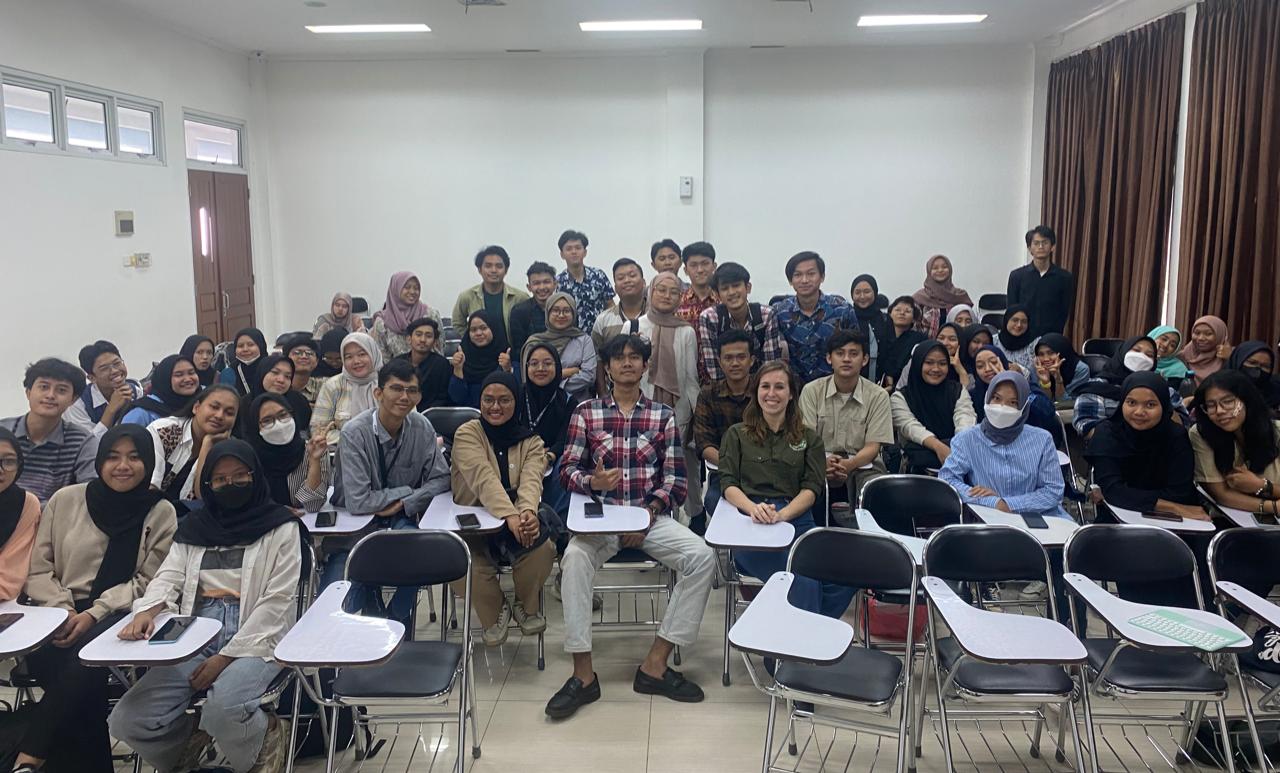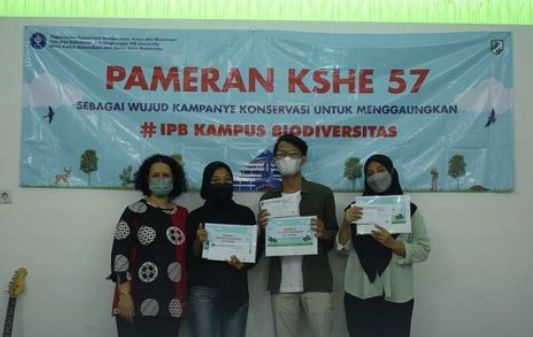Communication and Social Science Conservation
Module objectives/intended
learning outcomes
By the end of this course, students will have developed:
- Knowledge of the importance of communication strategies and
understanding of the human dimension in achieving conservation
goals; effective communication methods through social media;
communication and public engagement; and theory and practice
in behavior change. - Skills in writing effectively about conservation and applying
storytelling techniques in conservation activities; - Create and develop conservation marketing messages and
programs; develop conservation campaigns and materials through
social media; plan a social media strategy for engagement in
conservation activities; - Critically evaluate the choice of practices in communication.
- Ability to approach the theoretical and empirical material
critically, to use the new material in the interpretation and
analysis of other texts as well as in approaching applied problems. - Improved analytic thinking skills, better scholarly research
abilities, and greater aptitude in oral and written communication
Course descriptions
The conservation of biodiversity and its ecosystem will succeed if
supported by the community. Unfortunately, community engagement
is frequently hindered by ineffective communication. This course
provides the basis for communication approaches and social methods
to engage the community in conserving natural resources and the
environment. The materials are given to prepare students as leaders
who can engage the community to become agents of change in
conservation. Students will be given materials related to the basic
principles of human behaviour, conservation psychology, traditional
and cultural communication, ethnography, mass communication,
environmental, socio-ecology, digital and social media, conservation
education, conservation leadership and innovation, political
communication, conservation partnerships, conservation and
development, as well as diverse methods of social communication and
their application in the areas of social, economic, political, ecological,
tourism and environmental services. This course takes the form of
class lectures including practicums. At the end of the course, the
students will lead a biodiversity conservation campaign


exhibition
